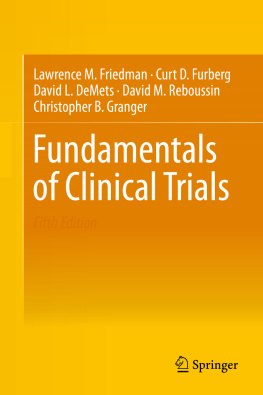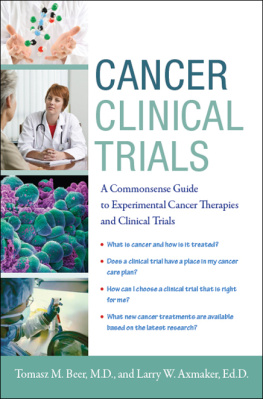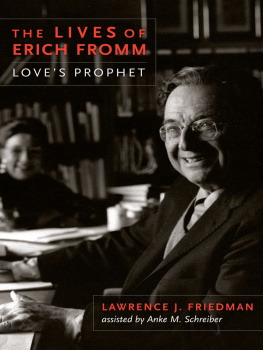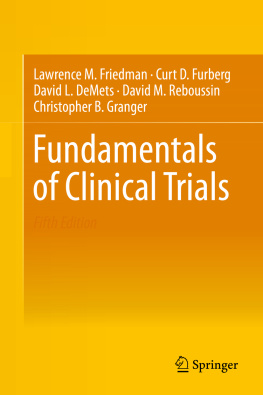1. Introduction to Clinical Trials
The evolution of the modern clinical trial dates back at least to the eighteenth century [].
The concept of randomization was introduced by Fisher and applied in agricultural research in 1926 [].
The principle of blinding was also introduced in the trial by Amberson et al. [] referred to the saline solution given to the subjects in the control group as a placebo.
One of the early trials from the National Cancer Institute of the National Institutes of Health in 1960 randomly assigned patients with leukemia to either 6-azauracil or placebo. No treatment benefit was observed in this double-blind trial [].
In the past several decades, the randomized clinical trial has emerged as the preferred method in the evaluation of medical interventions. Techniques of implementation and special methods of analysis have been developed during this period. Many of the principles have their origins in work by Hill [].
The original authors of this book have spent their careers at the U.S. National Institutes of Health, in particular, the National Heart, Lung, and Blood Institute, and/or academia. The two new authors have been academically based throughout their careers. Therefore, many of the examples reflect these experiences. We also cite papers which review the history of clinical trials development at the NIH [].
The purpose of this chapter is to define clinical trials, review the need for them, discuss timing and phasing of clinical trials, and present an outline of a study protocol.
Fundamental Point
A properly planned and executed clinical trial is the best experimental technique for assessing the effectiveness of an intervention. It also contributes to the identification of possible harms .
What Is a Clinical Trial?
We define a clinical trial as a prospective study comparing the effects and value of intervention ( s ) against a control in human beings . Note that a clinical trial is prospective , rather than retrospective. Study participants must be followed forward in time. They need not all be followed from an identical calendar date. In fact, this will occur only rarely. Each participant however, must be followed from a well-defined point in time, which becomes time zero or baseline for that person in the study. This contrasts with a case-control study, a type of retrospective observational study in which participants are selected on the basis of presence or absence of an event or condition of interest. By definition, such a study is not a clinical trial. People can also be identified from medical records or other data sources and subsequent records can be assessed for evidence of new events. With the increasing availability of electronic health records, this kind of research has become more feasible and may involve many tens of thousands of individuals. It is theoretically possible that the participants can be identified at the specific time they begin treatment with one or another intervention selected by the clinician, and then followed by means of subsequent health records. This type of study is not considered to be a clinical trial because it is unlikely that it is truly prospective. That is, many of the participants would have been identified after initiation of treatment and not directly observed from the moment of initiation. Thus, at least some of the follow-up data are retrospective. It also suffers from the major limitation that treatment is not chosen with an element of randomness. Thus associations between treatment and outcome are nearly always influenced by confounding factors, some of which are measured (and thus can be accounted for with adjustment) and others unmeasured (that cannot be). Of course, electronic records and registries can work effectively in collaboration with randomization into clinical trials. As exemplified by the Thrombus Aspiration in ST-Elevation Myocardial Infarction in Scandinavia (TASTE) trial [], however, translating this approach into other settings will not be easy.
A clinical trial must employ one or more intervention techniques. These may be single or combinations of diagnostic, preventive, or therapeutic drugs, biologics, devices, regimens, procedures, or educational approaches. Intervention techniques should be applied to participants in a standard fashion in an effort to change some outcome. Follow-up of people over a period of time without active intervention may measure the natural history of a disease process, but it does not constitute a clinical trial. Without active intervention the study is observational because no experiment is being performed.
Early phase studies may be controlled or uncontrolled. Although common terminology refers to phase I and phase II trials, because they are sometimes uncontrolled, we will refer to them as clinical studies. A trial, using our definition, contains a control group against which the intervention group is compared. At baseline, the control group must be sufficiently similar in relevant respects to the intervention group in order that differences in outcome may reasonably be attributed to the action of the intervention. Methods for obtaining an appropriate control group are discussed in Chaps. , is not available, is it appropriate for the participants in the intervention group to be compared to participants who are on no active treatment. No active treatment means that the participant may receive either a placebo or no treatment at all. Obviously, participants in all groups may be on a variety of additional therapies and regimens, so-called concomitant treatments, which may be either self-administered or prescribed by others (e.g., other physicians).
For purposes of this book, only studies in human beings will be considered as clinical trials. Certainly, animals (or plants) may be studied using similar techniques. However, this book focuses on trials in people, and each clinical trial must therefore incorporate participant safety considerations into its basic design. Equally important is the need for, and responsibility of, the investigator to inform fully potential participants about the trial, including information about potential benefits, harms, and treatment alternatives [ for further discussion of ethical issues.
Unlike animal studies, in clinical trials the investigator cannot dictate what an individual should do. He can only strongly encourage participants to avoid certain medications or procedures which might interfere with the trial. Since it may be impossible to have pure intervention and control groups, an investigator may not be able to compare interventions, but only intervention strategies. Strategies refer to attempts at getting all participants to adhere, to the best of their ability, to their originally assigned intervention. When planning a trial, the investigator should recognize the difficulties inherent in studies with human subjects and attempt to estimate the magnitude of participants failure to adhere strictly to the protocol. The implications of less than perfect adherence are considered in Chap..









